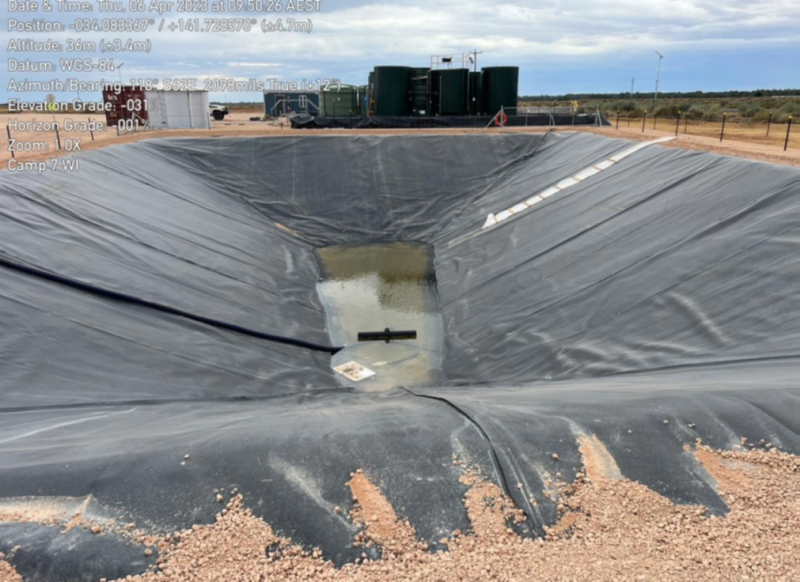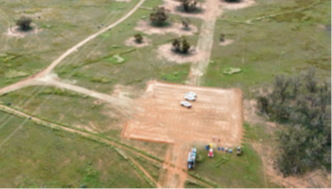Infrastructure Sustainability Design and As Built Rating
Infrastructure Sustainability Council Design and As-Built ratings
Elecnor Australia (formerly SecureEnergy) is committed to pursuing an ‘Excellent’ Infrastructure Sustainability Ratings for Design and As Built on Project EnergyConnect. This aligns with our commitment to delivering sustainability.
EnergyConnect is the first project of its kind in Australia to undertake an Infrastructure Sustainability (IS) rating.
Some of the key benefits of an IS rating include:
- Drives sustainability outcomes and performance.
- Allows for benchmarking performance against other projects.
- Recognised approach which provides a common national language for sustainability that the market is familiar with delivering.
- Builds an organisation’s reputation in its approach to sustainability and provides recognition.
 Elecnor has set numerous sustainability targets for EnergyConnect, under a rating agreement with the Infrastructure Sustainability Council, the peak body for infrastructure sustainability in Australia and New Zealand.
Elecnor has set numerous sustainability targets for EnergyConnect, under a rating agreement with the Infrastructure Sustainability Council, the peak body for infrastructure sustainability in Australia and New Zealand.
This agreement represents a commitment to deliver real sustainability outcomes for EnergyConnect. The rating means all achievements will be independently verified, to clearly and fairly demonstrate the project’s sustainability performance. This allows for sustainability to be independently evaluated across the planning, design, construction, and operational phases of the project.
Caption: Treated waste water basin at Camp 7 (Waste water treatment plant in background).
 Elecnor is particularly focused on applying innovative solutions to reducing our whole-of-life carbon footprint, minimising the use of energy, water, and materials, reducing waste and ensuring resilience against forecast climate impacts. Some of the best-practice initiatives include:
Elecnor is particularly focused on applying innovative solutions to reducing our whole-of-life carbon footprint, minimising the use of energy, water, and materials, reducing waste and ensuring resilience against forecast climate impacts. Some of the best-practice initiatives include:
Caption: Minimising vegetation clearance along the transmission corridor.
- Reducing the project’s carbon (greenhouse gas emissions) footprint by 15% through optimised tower design, using sustainable concrete mixes and reduced land clearing.
- Working with the supply chain to minimise unnecessary packaging and maximise recyclability and reusability of packaging including heat treating of insulator timber pallets (rather than chemical treatment), so they can be recycled.
- Diverting a minimum of 50% of construction waste from landfill.
- Conserving and beneficially reusing 80% of spoil.
- Integrating sustainability when procuring products and services, with an emphasis on environmental attributes as well as other social and ethical criteria as appropriate.
- Using recycled grey water from camps and stormwater for dust suppression and earthworks compaction to reduce potable water use.
- Designing and locating transmission line structures to avoid sensitive biodiversity and culturally sensitive sites (such as scarred trees) and reduce requirement for vegetation clearing.
- This will provide an interim sustainability rating for the designed infrastructure, until the As-Built rating submission is submitted in early 2025.

